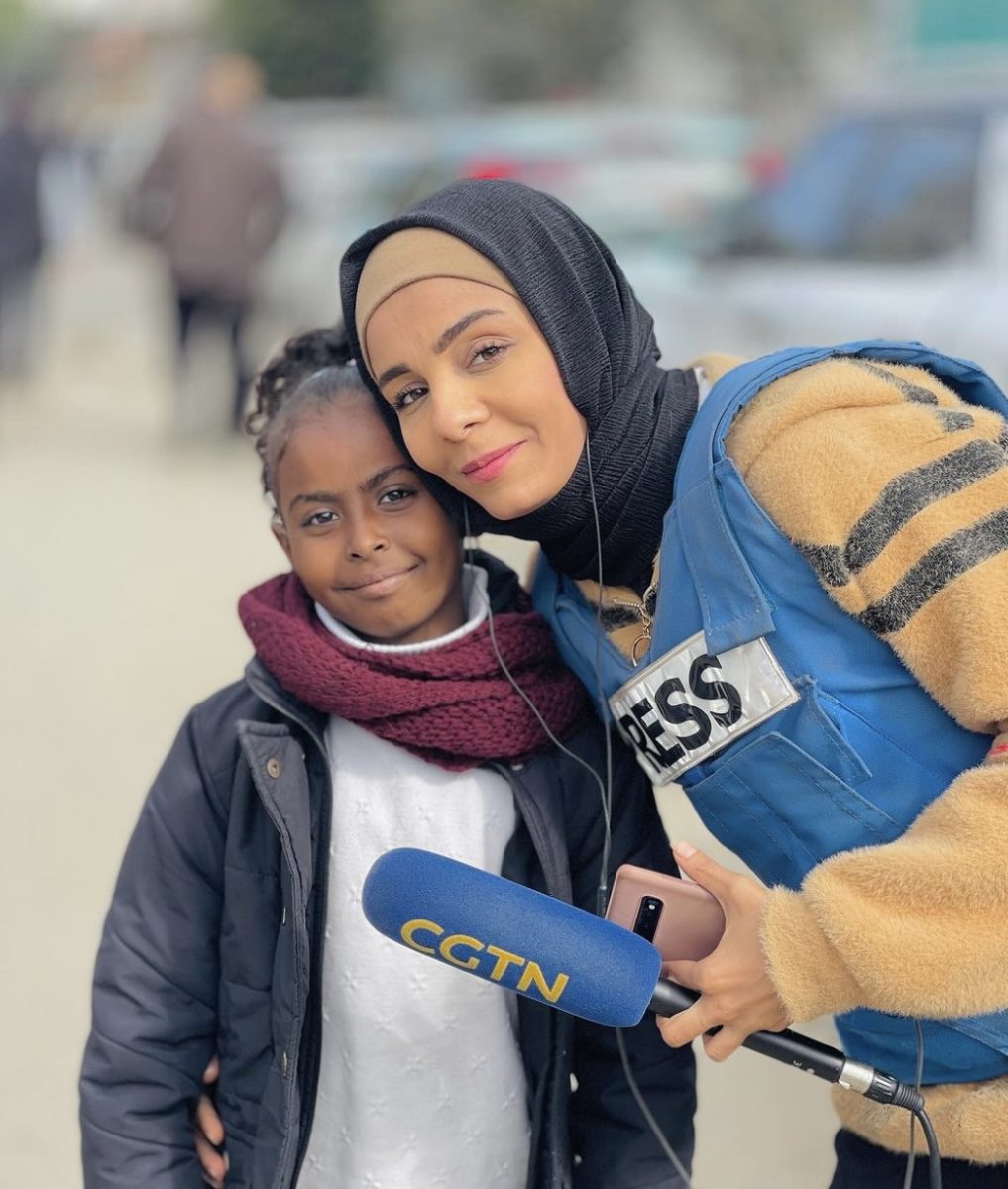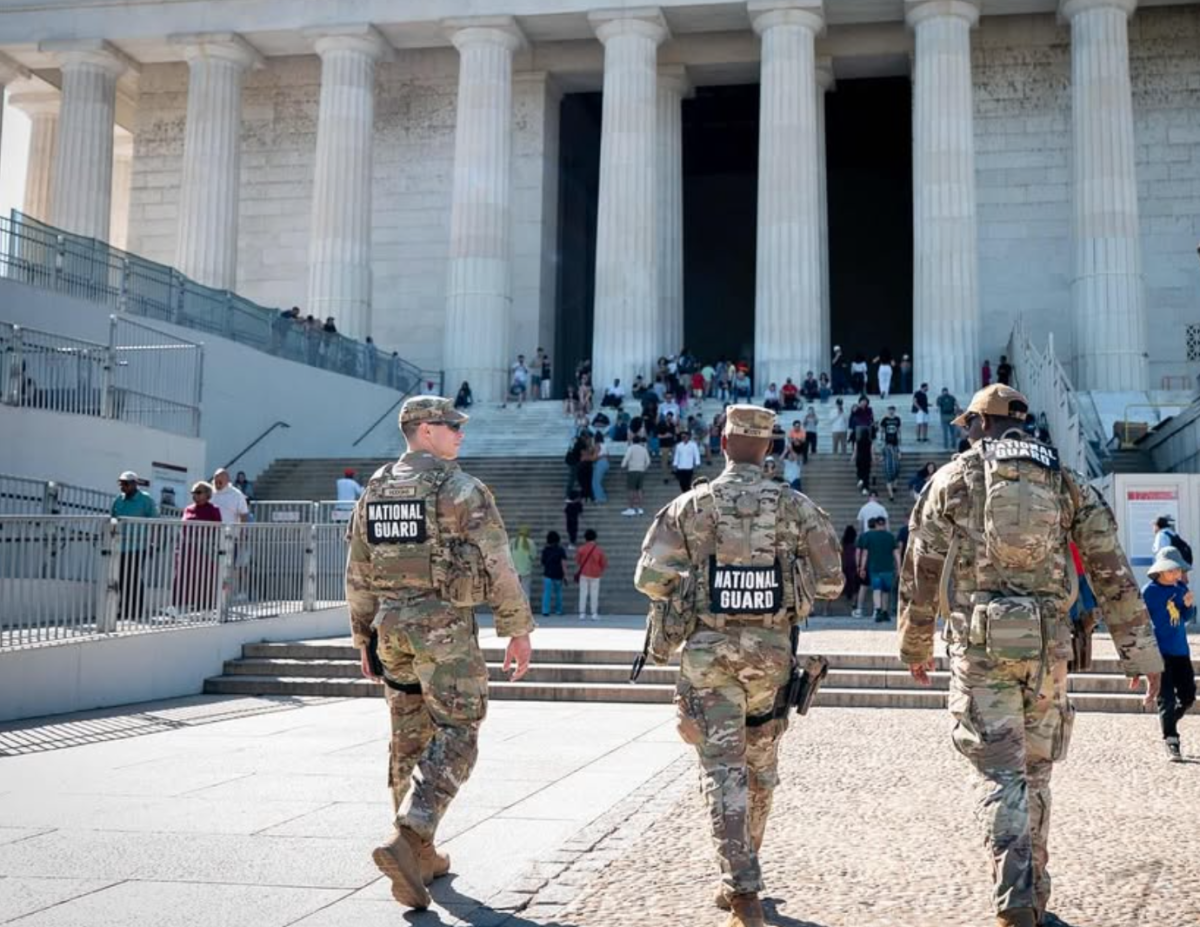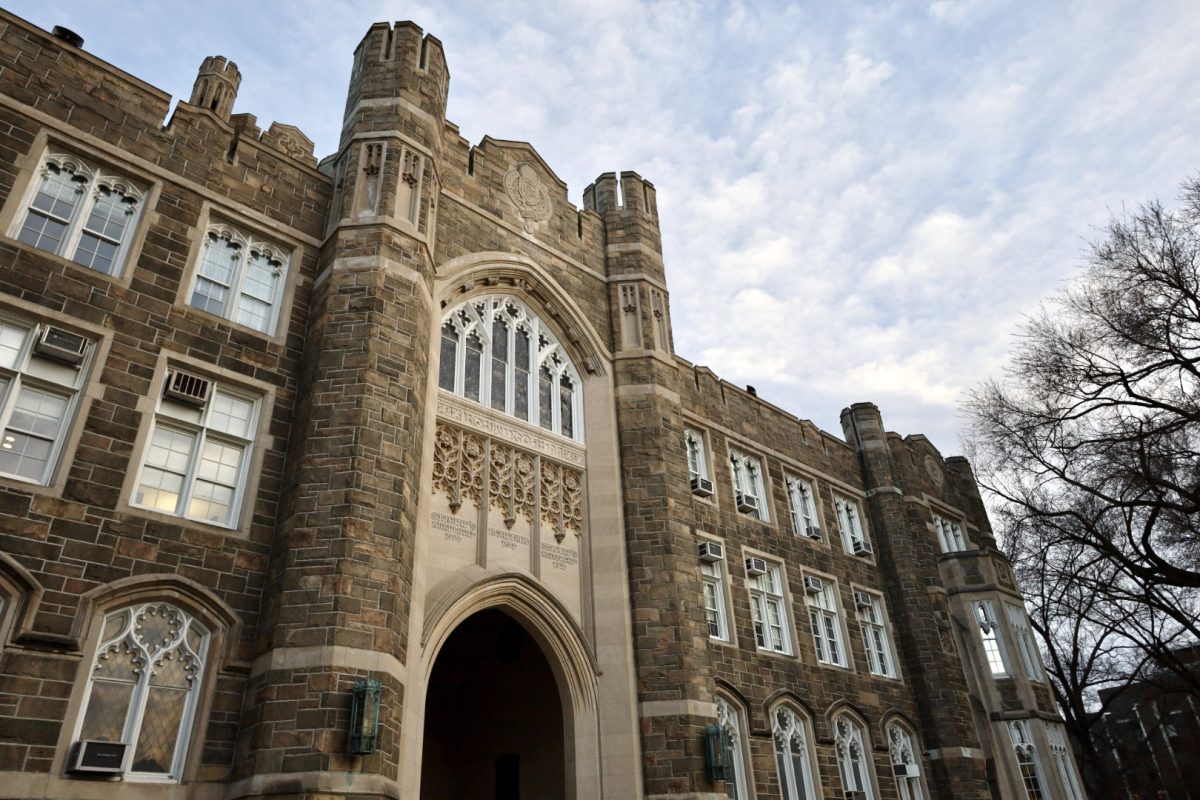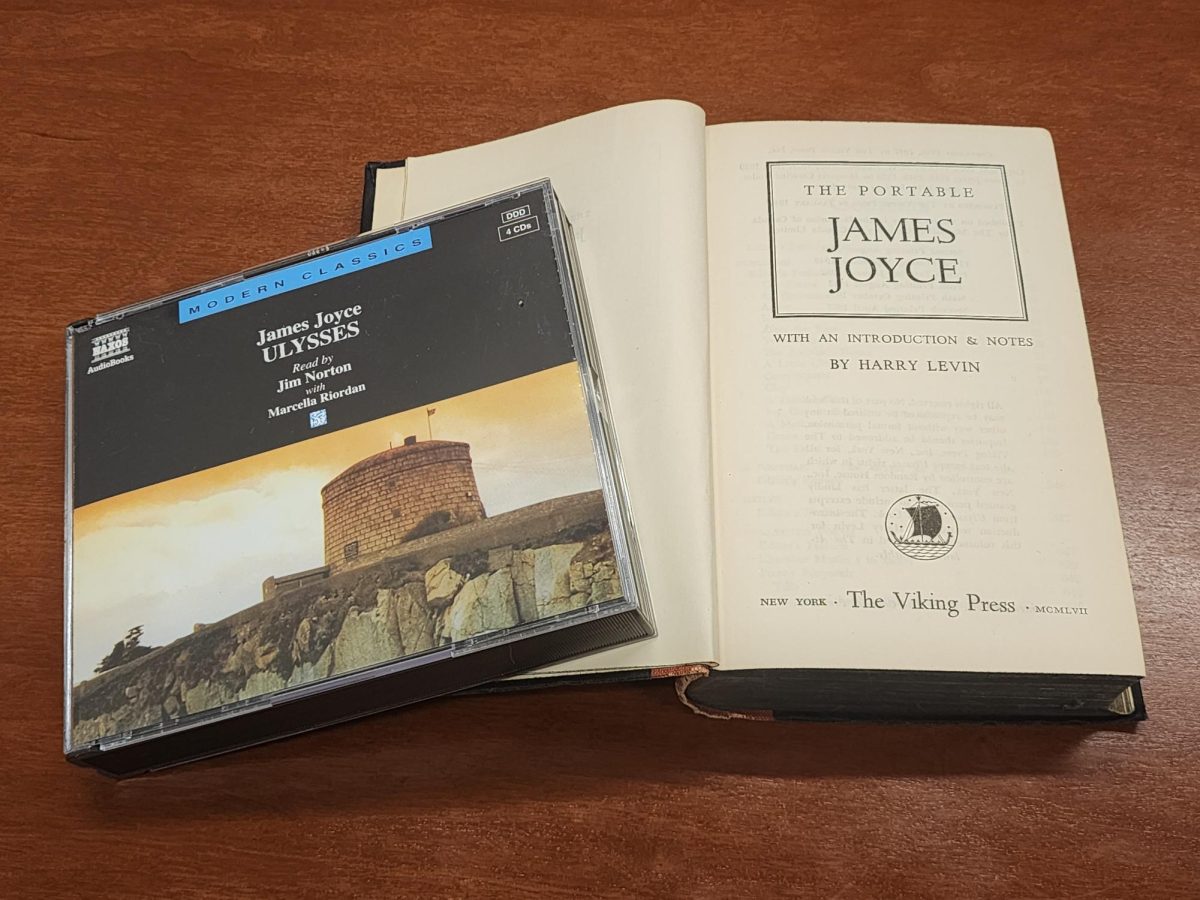Words do matter. Amidst the escalation of Israel’s decades-long war on Palestine, the lack of words matters just as much. In November 2023, more than 750 journalists signed an open letter condemning the targeting of reporters in the besieged Gaza Strip. In it, the signatories “hold Western newsrooms accountable for their use of dehumanizing rhetoric that has served to justify the ethnic cleansing of Palestinians,” urging reporters to use precise language well-defined by international human rights organizations. But why was there a need for such a call in the first place?
Let’s be real: tracing the shortcomings of the United States media when it comes to reporting on international affairs warrants an article of its own. However, the death toll of Palestinian civilians, along with news coverage that is, at best, disproportionate makes these failures increasingly clear. In 2017, Al Jazeera journalist Mariam Barghouti argued that “mainstream media focus is on Palestinian reaction and not on Israeli action.” As the open letter suggests, newsrooms’ neglect of the words “apartheid,” “ethnic cleansing” and “genocide” are diminishing humanitarian atrocities and failing to recognize them for what they are. Quantitative analysis of major U.S. news organizations’ handling of the war since October 2023 has proven these sentiments true.
The Intercept surveyed news coverage of the Gaza War from Oct. 7 to Nov. 24, 2023, collecting over 1,000 articles from major U.S. publications. Results show four major findings: disproportionate coverage of deaths (with Palestinian deaths said to be declining as the death toll actually increased), the use of “highly emotive terms” (e.g. “slaughter,” “massacre,” etc.) being reserved “almost exclusively” for Israelis who were killed by Palestinians, and there has been “scant mention” of the nature of civilian casualties despite 17,000 of 27,000 lives lost being women and children. Additionally, more media attention has been devoted to antisemitic attacks than to anti-Muslim racism.
Numerous journalists face a threat to their lives, and even more face a threat to their professional and personal integrity. So, how is the world witnessing the events taking place? What’s provoking a demand for more transparency? For many, it seems, the main source of daily information has come from the people living in Gaza City, reporting from their own screens.
Bisan Owda (@wizard_bisan1 on Instagram), a Palestinian filmmaker, has amassed an Instagram following of over 4 million for her documentation of the siege on Gaza since 2023. Her posts capture photos, videos and descriptions of Gaza City, from the rubble in the aftermath of bombings to the daily meals of an average civilian. Freelance journalist and former travel blogger Plestia Alaqad (@byplestia), has similarly dedicated her platform to videos discussing and documenting the intensifying war. Her bio reads, “See Gaza through my eyes.” Motaz Azaiza (@motaz_azaiza) and Belal Khaled (@belalkh) are Palestinian photojournalists who report on living conditions in the city, with a particular emphasis on civilian casualties. Lama Jamous (@lama_jamous9) is a nine-year-old aspiring journalist who shares parts of her daily life after having been forcibly displaced from her home last year. The names mentioned are just a few reporting live on the ongoing humanitarian crisis.
The use of social media to disseminate information has been a point of contention for many who fear it will only end in misinformation and ultimately the obsolescence of traditional news. Additionally, when I, the average American, see these stories on social media, I am sitting comfortably away from this mass destruction, indiscriminate killing and ongoing genocide. Like many, I am complicit when I remain in this comfort. When children caked in dust and blood interrupt my mindless scrolling, I am reminded of this privilege.
Major U.S. news sources are failing to report on all aspects of the Gaza War adequately. The only thing that has been keeping the ongoing atrocities from fading into numbers have been activists and independent reporters making their realities accessible to the international public. But must they shoulder this on their own? If the point is accuracy and objectivity, why do newsrooms fear making the truth visible?
Isabella Lipayon, FCRH ’26, is a philosophy major from Manila, Philippines.














































































































































































































Maria • Feb 9, 2024 at 1:01 am
Thoughtful, sober, and truthful. Well done.